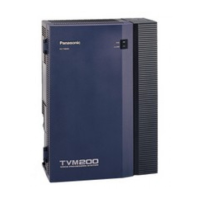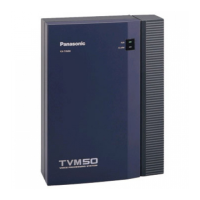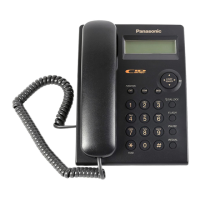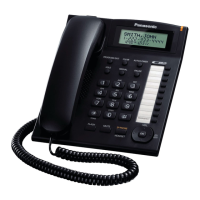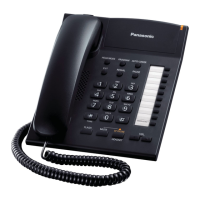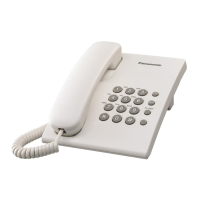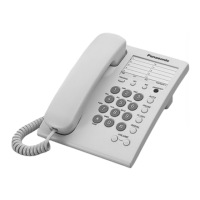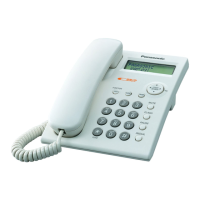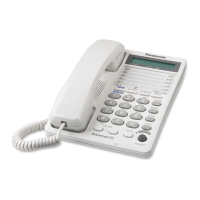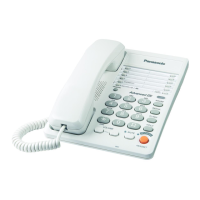What to do if nothing is heard from Panasonic Voicemail VPS?
- NNatalie ThomasAug 4, 2025
If you're experiencing silence when accessing the VPS, verify that you're using the correct extension number. If the issue persists, check the VPS jacks are properly connected to the PBX jacks. Ensure the System Program [130] of the KX-TA or KX-TE series aligns with the actual connection. Also, check the "1-4 VPS (DPT) Port Assignment" screen of the KX-TD500, or System Program [117] or [126] of other KX-TD series PBXs, or the "Groups-VM(DPT) Group-Unit Setting" and "Configuration- Extension Port" screens of KX-TDA series PBXs that use DPT Integration to confirm the programming matches the physical connection. If unsure, ask your System Administrator.
